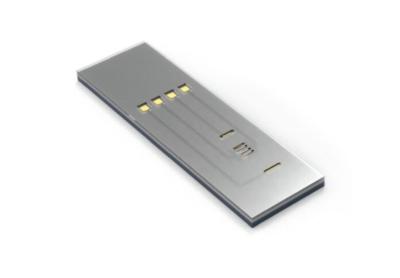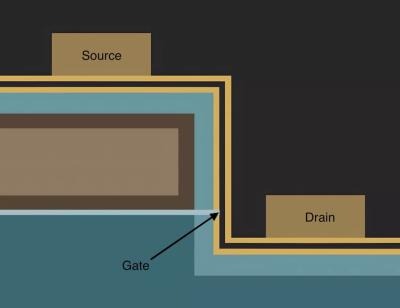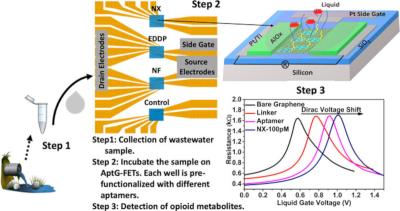Archer Materials announces wettable graphene transistor for biochip tech
Australia-based Archer Materials has developed a graphene-based field effect transistor (gFET) that can operate in wet environments. The gFET device is a sensing component which will be used in medical applications, like for digitizing biologically-relevant signals such as those from target analytes of viruses or bacteria. The biochip innovation will be integrated with advanced microfluidic systems to allow the manufacturing of mini lab-on-a-chip device platforms designed for medical diagnostics.
The company explained that the integration of gFETs with on-chip microfluidics potentially enables multiplexing, such as the ability to parallelize the detection of multiple biologically relevant targets in droplet-size liquid samples on a chip. The innovation can prevent liquids from shorting the integrated circuit, while simultaneously obtaining electronic signals using the liquid as part of the device.


